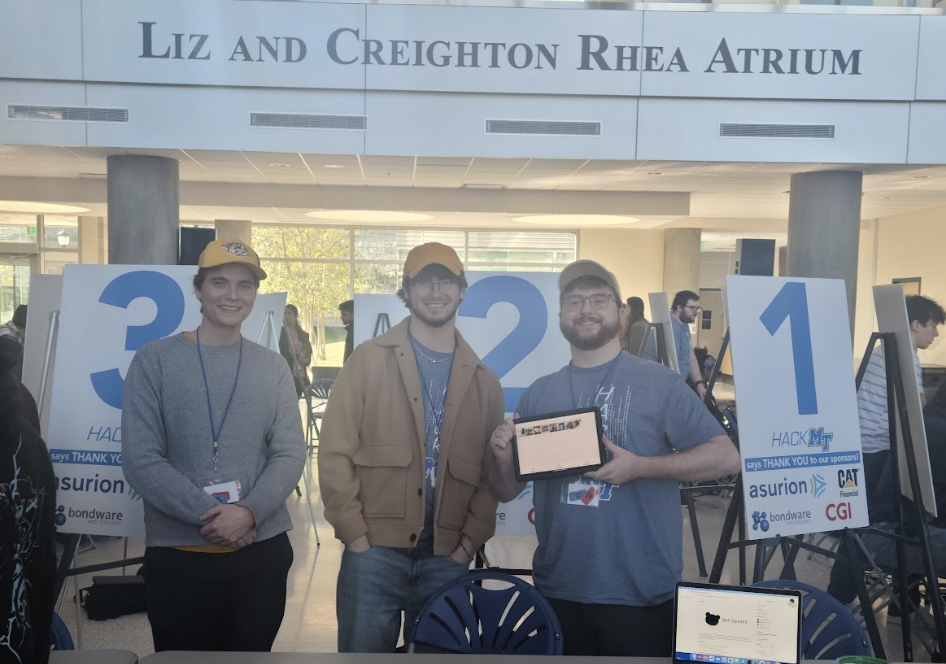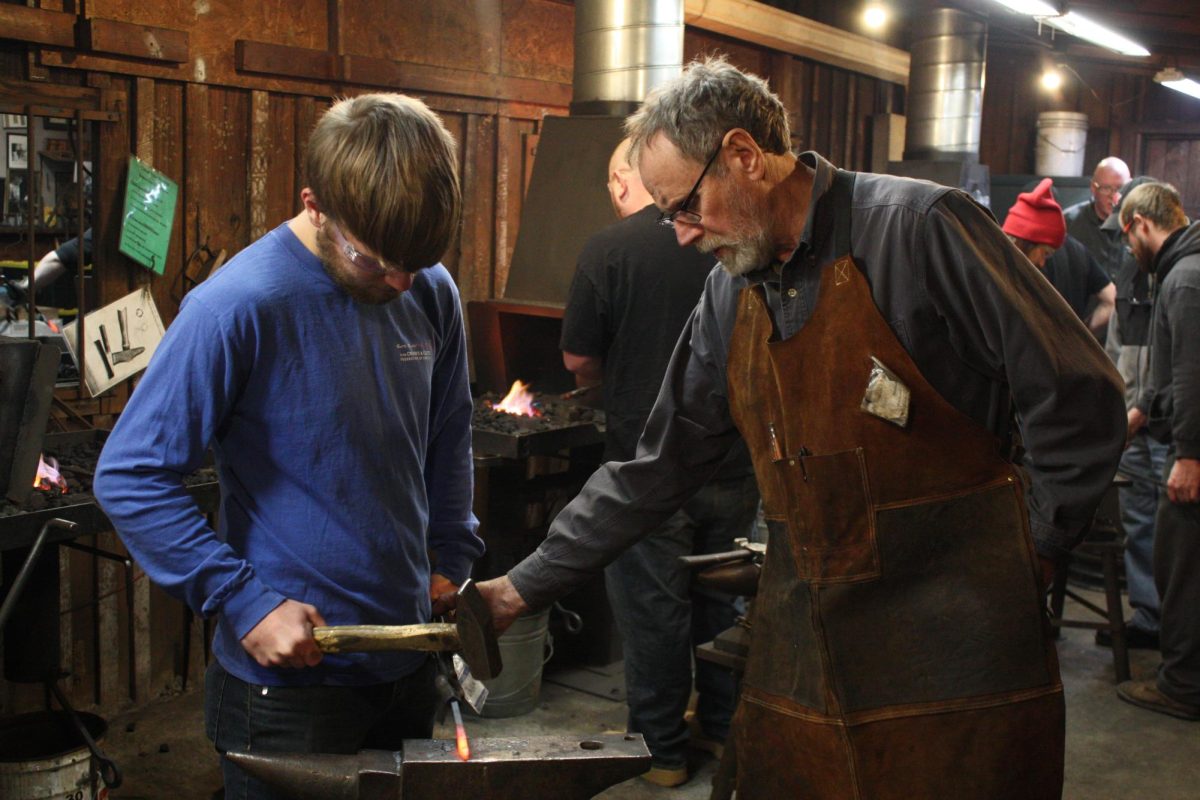Story by Megan Cole / Assistant News Editor
Photo courtesy of Partha Sarathi Sahana / Flickr
Many college students don’t think about the death penalty, except as an overused topic for a speech class. But, for one Nashville-based journalist, the death penalty is more than a discussion point.
Steven Hale, a 30-year-old staff writer at the Nashville Scene, witnessed the execution of 59-year-old Billy Ray Irick by lethal injection on Aug. 9, 2018. Irick was charged in 1986 for the rape and murder of 7-year-old Paula Dyer.
“It was life-changing. I mean, there’s no way around it,” Hale said. “I don’t think there’s any way to experience that and not have it alter the way that you see the process.”
Only seven members of the media, chosen via a randomized drawing, are allowed to be present at any Tennessee execution, and Hale was one of those seven selected to witness Irick’s execution. For all the media witnesses who were present at Irick’s execution, this was the first time that any of them had watched the death penalty take place.
Irick was the first person executed in Tennessee since 2009. In Tennessee alone, 59 people remain on death row: 58 men and one female. The two most recent executions in Tennessee are those of Edmund Zagorski and Billy Ray Irick.
“In Tennessee, there was this long period where there weren’t any executions, and now all of a sudden, they’re going to be happening pretty regularly for the next year or two,” Hale said.
Over the past month, Tennessee has scheduled multiple executions to take place for the next two years.
The days before the actual execution takes place is also known as “Death Watch.” For three days prior to the inmate’s death, the state must take extra precautions as to what the inmate does and how much they are monitored. Hale said the process that happens weeks before the execution is tedious and done in a precise way.
“The state has a pretty scripted way to kill someone when they do,” Hale said.
In order to deal with witnessing death first hand, Hale said that he speaks with a therapist and his wife about what he saw.
“Strangely, it was easier to write about it than it was to talk about it,” Hale said.
Hale explained that while it was a difficult thing to watch, he believes that it is extremely important for people outside of the governmental system to witness the executions.
“Ultimately my feeling is that if the state is going to execute people, I insist that they let people see them do it and that it not be done completely in the dark,” Hale said. “I kind of feel like if I’m going to feel that way and I’m in the position to volunteer to (witness an execution), then I need to do that.”
One of the common questions around the death penalty is if lethal injection and the electric chair are humane methods of capital punishment. Hale also mentioned that he believes that mental health is an extremely important factor to pay attention to when it comes to the Tennessee death penalty.
In his article, Hale depicted how the execution happened minute by minute. As the sedative drug, Midazolam, began to course through Irick’s veins, Hale’s eyes opened wider as Irick’s slowly began to close. Hale said that it seemed like something out of a horror film.
“It’s really sort of made to look like a medical procedure,” Hale said. “I mean, it’s just the person on the gurney, and they’re just going to inject them with these drugs. In theory, it’s supposed to look like it’s something taken from a hospital. But in my experience, it did not look or feel that way.”
On Dec. 6, 2018, Hale will witness his second execution. The State of Tennessee will execute David Earl Miller for the murder of 23-year-old Lee Standifer in 1981.
After very recently learning the news that he will once again be one of the seven, Hale said that he does not know how he will prepare differently for the next execution he will witness.
“I think knowing a little bit of what to expect will help, you know. There’s this whole issue of the method of execution, and I don’t know what he will choose.”
Hale paused before finishing his thought: “It feels funny to say that it makes me anxious, but I do have some nerves about not being eager to see either of those things (death by lethal injection or the electric chair).”
Genuine reaction was one thing that Hale said that he tried to focus on when he covered Irick’s death. He said that it is important to not only be a journalist but to also be human.
“I think that one thing I really tried to focus on for Irick’s execution was to do the job well. But, I also am a person, and I don’t want to try to disconnect from that,” Hale said. “I think I’ll be a better reporter if I don’t try to deny whatever my real reaction to it is. People in Tennessee can’t be in that room, and if I’m going to be in there, I have to give them my honest human reaction and account of how I reacted. So, I’m just trying to stay in touch with my humanity, too.”
For more news, follow us at www.mtsusidelines.com, on Facebook at MTSU Sidelines and on Twitter at @Sidelines_News.








